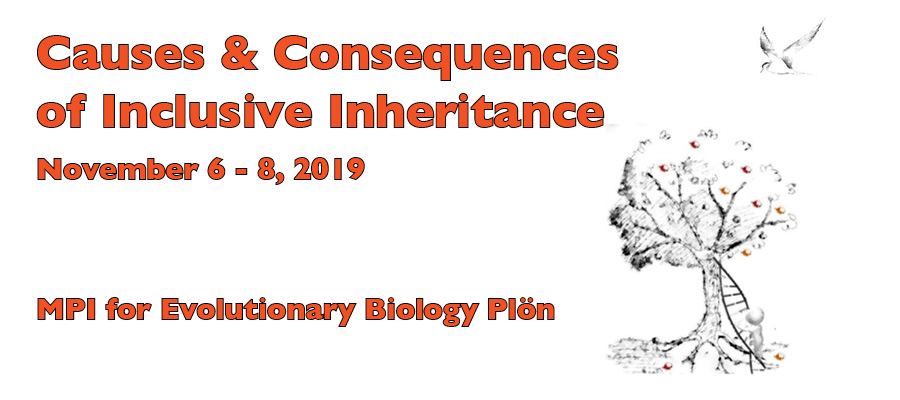Speaker
Description
The phenotype of an animal cannot be explained entirely by its genes. Among the factors, other than genome, which contribute to the development and homeostasis of multicellular animals, the microbial associated community can be rapidly modified by environmental cues and may represent a mechanism for rapid acclimation and adaptation of the host to a changing environment. The Starlet Sea Anemone, Nematostella vectensis, occurs in brackish habitats along a geographic range which spans a pronounced thermocline, appearing to have resulted in different thermal tolerance, optima for growth and unique microbial communities, suggesting potential co-evolution of the holobiont in response to environmental variation. N vectensis is a powerful invertebrate model for molecular research due to: (1) the availability of a well-annotated genome, (2) an extensive molecular toolkit including well-developed protocols for gene suppression and overexpression as well as transgenesis and (3) the ability to procure all developmental stages on a weekly basis. The aim of the project is to determine if microbes specific to anemones contribute to thermal physiology through microbial transplantation experiments. We could proof, that bacteria change according to long-term temperature acclimation and that acclimated bacteria get maternally transmitted. Currently, we are transplanting microbial communities from animals acclimated to different to germ-free animals of the same strain. Animals, recolonized with the transplanted microbiota will be tested for the thermal tolerance and resistance. In addition, we are analyzing host gene expression and epigenetic changes in the genome. The outcomes from our research will allow better predictions about the ability of marine organisms to acclimate and potentially adapt to a rapidly changing environment.

